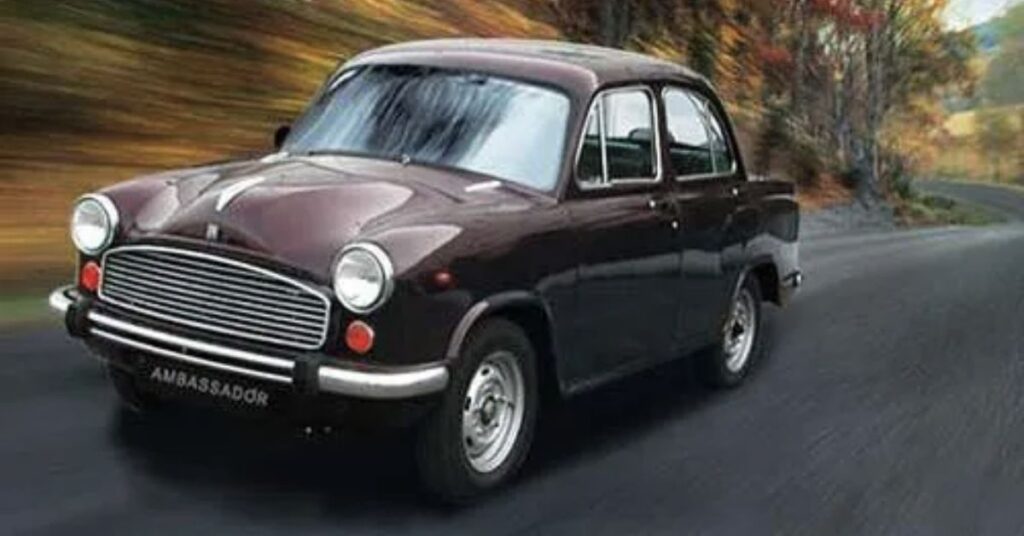The Ambassador car, an iconic symbol of Indian automotive heritage, has a rich and storied history that spans several decades. Its unique design, spacious interiors, and durability made it a beloved choice among Indian families and government officials. In this article, we take a nostalgic journey through time to explore the fascinating history of the Ambassador car, including its top speed.
The Birth of an Icon
The story of the Ambassador begins in 1957 when it was first introduced by Hindustan Motors, an Indian automotive manufacturer. The car’s design was heavily inspired by the Morris Oxford series III, a British car model produced by the Morris Motors Limited. The Ambassador’s distinctive curves, round headlights, and chrome accents quickly made it a recognizable presence on Indian roads.
A Car Fit for Royalty
The Ambassador quickly became synonymous with luxury and prestige. It was a common sight at government offices and was often the vehicle of choice for politicians and dignitaries. The car’s spacious rear cabin, comfortable seating, and air conditioning made it an ideal choice for VIP transportation.
The “Amby” in Everyday Life
Beyond its use in official circles, the Ambassador also found a special place in the hearts of ordinary Indians. Families cherished their Ambassadors, often referring to them affectionately as “Amby.” Its sturdy construction and robust engine made it well-suited for India’s diverse and sometimes challenging road conditions. Many fond memories were created during family road trips in this classic car.
Ambassador Car Top Speed
The Ambassador car was known for its modest top speed, which was approximately 129 kilometers per hour (80 miles per hour). This speed could vary slightly depending on the specific model and year of manufacture. While the Ambassador was not designed for high-speed performance, its reliability and comfort made it a popular choice for long journeys and city driving alike.
Changing Times and Challenges
While the Ambassador enjoyed immense popularity for several decades, it faced challenges as the Indian automotive market evolved. Newer, more modern cars with advanced features started to flood the market, offering consumers a wider range of choices. Hindustan Motors struggled to keep up with changing consumer preferences and safety regulations, leading to a decline in the Ambassador’s market share.
The End of an Era
In 2014, Hindustan Motors announced the discontinuation of the Ambassador due to mounting financial difficulties and declining sales. This decision marked the end of an era for Indian automotive enthusiasts and left many nostalgic for the classic car that had been an integral part of their lives.
A Resilient Legacy
Though the production of new Ambassadors may have ceased, their legacy lives on. Many well-maintained Ambassador cars can still be spotted on Indian roads today, a testament to their durability and the affection in which they are held. Classic car enthusiasts continue to restore and preserve these vintage automobiles, ensuring that the Ambassador’s legacy remains intact.
Conclusion
The Ambassador car’s history is a captivating journey that mirrors India’s own evolution. From its beginnings as a symbol of luxury and prestige to its eventual status as a beloved family car, the Ambassador holds a special place in the hearts of many. While the production of new Ambassadors may have come to an end, the memories and nostalgia associated with this iconic vehicle continue to endure, making it a timeless classic in Indian automotive history.
Read More:

